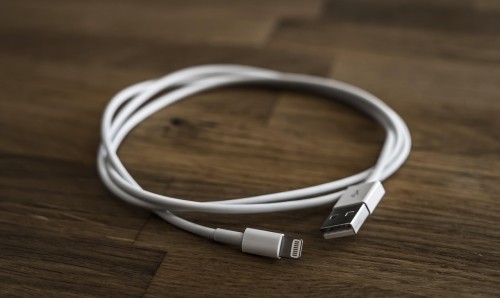Noise-cancelling earplugs have emerged as a vital accessory for individuals seeking solace from the incessant din of modern life. Whether it’s the relentless hum of city traffic, the disruptive sounds of construction, or the chatter in a bustling café, these innovative devices provide a sanctuary of peace. As we delve into the multifaceted world of noise-cancelling earplugs, we will uncover their mechanisms, benefits, and considerations for use, all while highlighting their increasing relevance in today’s noisy environment.
Understanding how noise-cancelling earplugs function is essential. These earplugs employ advanced technology to reduce unwanted ambient sounds. They typically feature passive noise isolation, which physically blocks sound waves, and active noise cancellation, which uses microphones to detect external noise and generate sound waves that counteract them. This dual approach allows users to experience a significant reduction in noise levels, making them ideal for various situations, from sleeping to studying.
The benefits of using noise-cancelling earplugs extend beyond mere sound reduction. Many users report improved concentration and productivity, especially in open office environments where distractions abound. By creating a quieter space, these earplugs enable individuals to focus on tasks more effectively. Furthermore, for those who struggle with sleep due to external noises, these devices can foster a more restful environment, promoting better sleep quality and overall well-being.
Another significant advantage of noise-cancelling earplugs is their portability. They are compact and easy to carry, making them a convenient solution for travelers. Whether on a plane, train, or bus, the ability to block out ambient noise can transform a chaotic journey into a peaceful escape. This portability means that users can enjoy their benefits in a variety of settings, enhancing their overall travel experience.
However, it is crucial to consider the fit and comfort of noise-cancelling earplugs. A proper fit is essential for optimal performance, as poorly fitting earplugs can lead to discomfort and reduced noise cancellation. Many brands offer various sizes and styles, catering to different ear shapes and preferences. Users should take the time to find the right fit to maximize the effectiveness of their earplugs.
In addition to comfort, the material used in the construction of noise-cancelling earplugs plays a significant role in user experience. Common materials include silicone, foam, and thermoplastic elastomer. Each material has its own benefits; for instance, foam earplugs are known for their excellent sound isolation, while silicone options are often more durable and reusable. Understanding these materials can help users make informed choices based on their specific needs.
While noise-cancelling earplugs offer numerous advantages, they are not without limitations. For example, some users may experience a sensation of pressure in their ears when using active noise-cancelling technology. Additionally, these earplugs may not block all types of noise equally, with higher frequencies sometimes penetrating the barrier more easily. Awareness of these limitations can guide users in selecting the right product for their unique circumstances.
The growing popularity of noise-cancelling earplugs has also led to an increase in options available on the market. From high-end models boasting sophisticated technology to budget-friendly alternatives, consumers are faced with a plethora of choices. This abundance can be overwhelming, making it essential for users to research and compare products to find the best fit for their lifestyle and budget.
Furthermore, the role of noise-cancelling earplugs in specific environments cannot be overlooked. In workplaces where focus is paramount, these devices can significantly enhance productivity. Similarly, in noisy urban settings, they serve as a refuge from the constant barrage of sounds, allowing individuals to enjoy moments of tranquility. Understanding the context in which these earplugs are used can help maximize their benefits.
As we look towards the future, further research into the technology behind noise-cancelling earplugs is warranted. Innovations in materials and design could lead to even more effective solutions for sound reduction. Additionally, exploring the long-term effects of regular use on hearing health and overall well-being could provide valuable insights for consumers.
In summary, noise-cancelling earplugs are an invaluable tool for anyone seeking to mitigate the impact of noise in their lives. Their ability to enhance concentration, improve sleep, and provide a portable solution for sound management makes them increasingly relevant. As technology continues to evolve, further research into their efficacy and user experience will be essential in unlocking their full potential.

